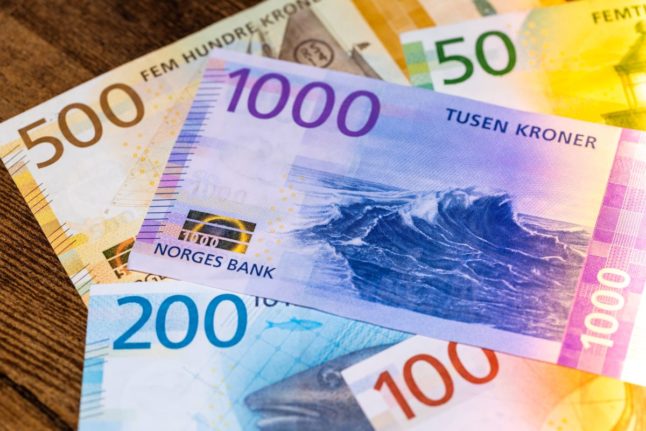The Confederation of Norwegian Enterprise (NHO) presented its economic forecast on Tuesday morning. Øystein Dørum, NHO’s chief economist, believes that unemployment in the country is set to increase.
Dørum’s latest forecasts are quite gloomy – he believes that unemployment will rise and describes the current situation in the Norwegian economy as characterised by a shortage of goods, raw materials, and energy.
At the end of September, registered unemployment in Norway stood at 1.6 percent of the workforce.
After the COVID-19 pandemic in Norway effectively ended, employment growth has been at its highest since the mid-1990s. However, several indicators now point to a cooling off of the labor market in the coming years.
According to Dørum, the Labor Force Survey (LFS) unemployment rate (which accounts for unemployed people looking for work without necessarily being registered at the NAV) will amount to 3.1 percent in 2022 and increase to 3.4 and 3.7 percent in 2023 and 2024, respectively.
Decreased demand for labour
Furthermore, NHO’s chief economist warns that the proportion of NHO companies that reported a lack of access to qualified labour decreased in the third quarter of 2022, in line with their employment prospects.
More than one in three companies believe that the market outlook for the next six months has worsened or will worsen.
According to Statistic Norway (SSB) figures, the number of newly advertised job positions is also lower compared to Spring figures, and the decline in unemployment has somewhat leveled off.
The survey among businesses for the third quarter has also shown that more companies now want to reduce the number of workers than increase it.
Every tenth company says they plan to announce layoffs in the next three months. In addition, 8 percent said they plan to dismiss workers, Norwegian Broadcasting (NRK) reports.
“The turnaround has been particularly abrupt in tourism and business-related service provision,” the NHO’s report states.
In conclusion, the NHO assumes that growth in the workforce will level off when activity in the Norwegian economy declines.



 Please whitelist us to continue reading.
Please whitelist us to continue reading.
Member comments